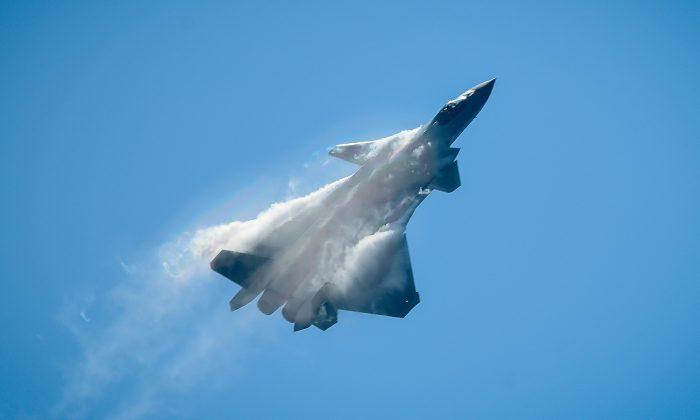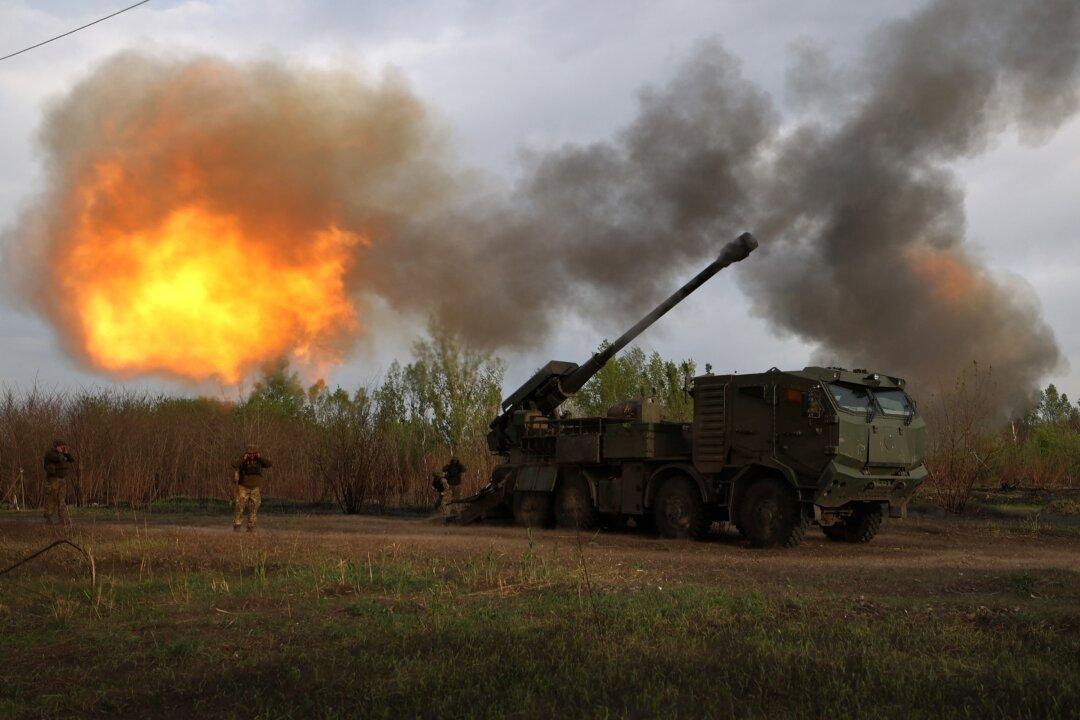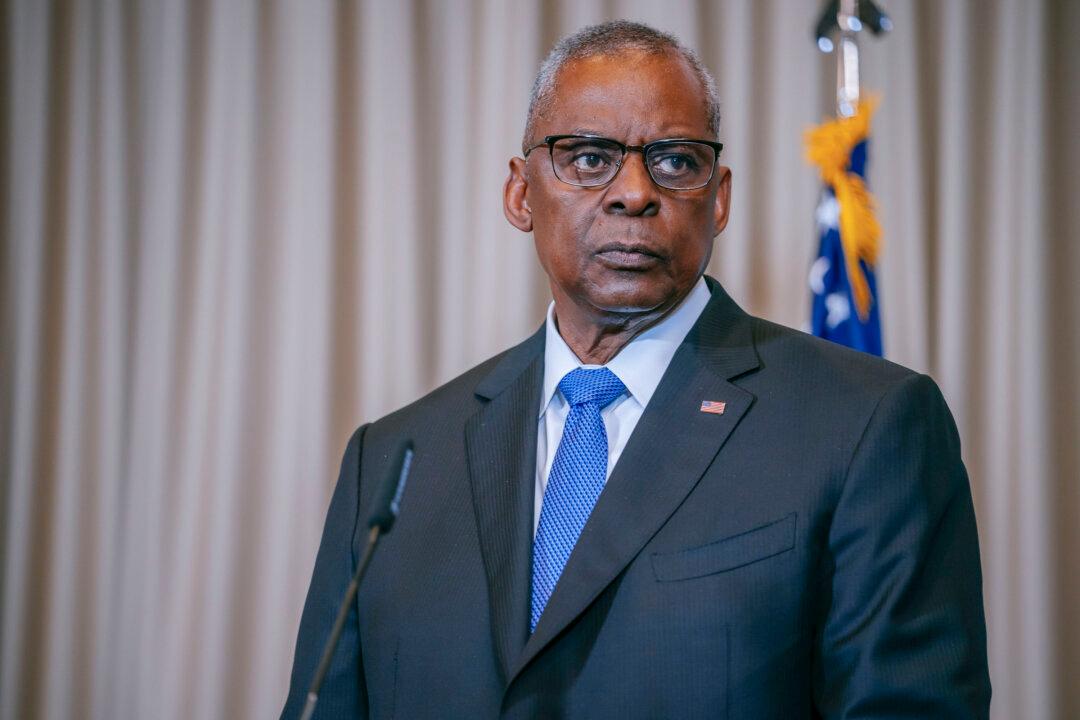The Chinese military is deploying its most advanced fighter jet to hotly contested regions in the East and South China Seas, according to Chinese state media.
A Chinese colonel said that the deployments ensured China’s military was “ready and capable of wielding its sword.”
The J-20 was originally built using Russian parts, namely engines, which have since been reverse engineered and improved upon in China. This has allowed the regime to domestically produce the jet. It appears designed to contend with the U.S. F-22 and F-35.
Relatively little is known of the aircraft, popularly referred to as the “Mighty Dragon.” It entered service in 2017, and is a stealth fighter like the American F-35. It is unclear, however, whether it will fulfill an all-purpose and multi-mission role, or if it will specialize in one domain, such as air superiority.
“We recently had, I wouldn’t call it an engagement, but we got relatively close to the J-20s with our F-35s in the East China Sea and were relatively impressed with the command and control that was associated with the J-20s,” Wilsbach said.
“It’s a bit early to tell exactly what they want to do with the J-20,” Wilsbach said. “All we’ve really seen it do is air superiority.”
The Chinese Communist Party (CCP) has made innumerable territorial claims to various parts of the South and East China Seas in the past, and has even gone so far as to construct artificial islands containing military outposts to expand its footprint in the South China Sea. Thus, the deployment will likely support the regime’s expansionist ambitions.
The deployment of the J-20s might in this regard be seen to mark a continued effort by the CCP to escalate military tensions and demonstrate its own prowess as a global military power.
The CCP’s chest thumping is not without its risks, however. The deployment of the J-20 likely means longer deployments and further-reaching patrols by the Chinese forces, which could see them come into more close encounters with the U.S. military.
On the reverse of the coin, the opportunity will also present the United States and its allies with the opportunity to collect vital diagnostic data on the J-20 in the wild, thus providing valuable insights to uncovering its weaknesses and ultimately defeating it, if necessary, in combat.






Friends Read Free